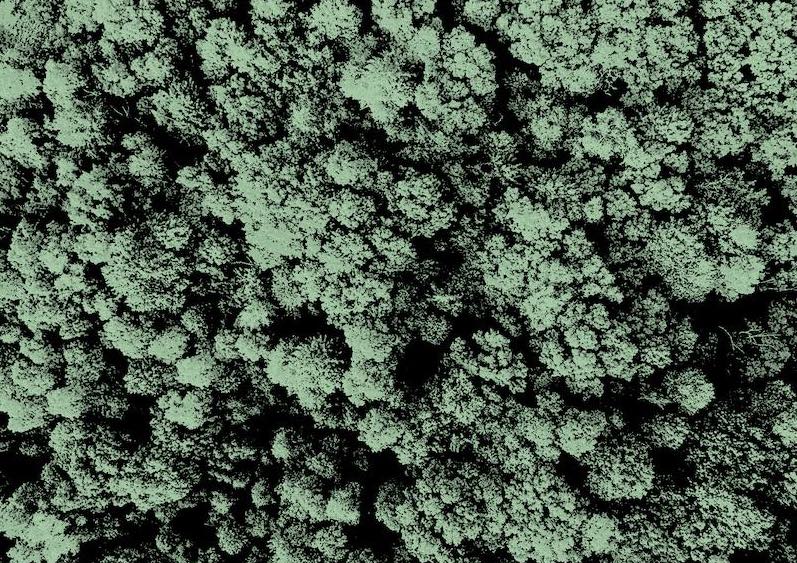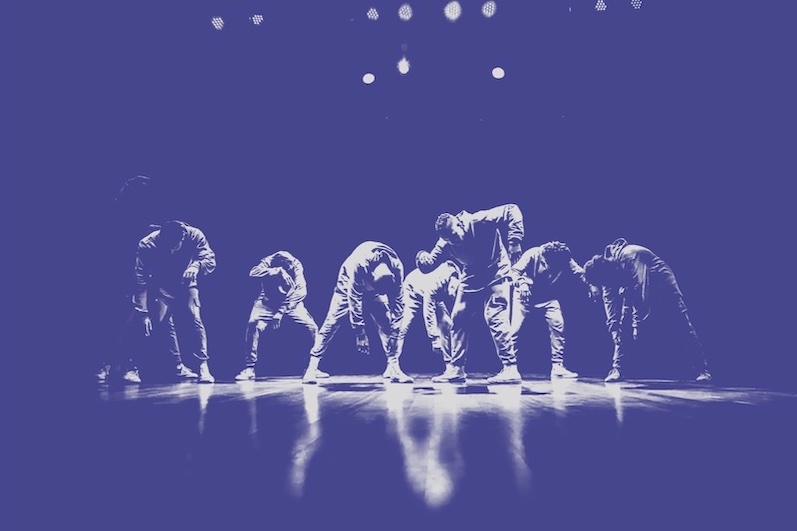What is it about?
Traditional Polynesian number systems provide interesting and occasionally surprising insights into the elaboration of numerical structure and organization. While strongly decimal and capable of counting into the millions, these number systems also developed divergent ways of counting specific types of objects, and objects could be counted collectively (by twos, fours, or eights) as well as singly (one by one). Toward the eastern periphery of the region, in Mangareva, three unique binary steps were also incorporated into an otherwise decimal structure. Here these elaborations are shown to have a material basis: they are the logical outcomes of pragmatic counting methods that minimized physical and mental effort. The elaboration of numbers through the counting methods used highlights the centrality of material forms to the structure and organization of both numerical concepts and their verbal labels. These insights position our manuovisual engagement of material forms alongside language as an interdependent, co-influential, and ultimately distinct means of accessing and elaborating human numerical intuitions, one whose investigation has the potential to yield new insights into human numeracy. This project has received funding from the European Union’s Horizon 2020 research and innovation program under grant agreement No. 785793.
Featured Image

Photo by Reiseuhu on Unsplash
Perspectives
I am interested in how societies become numerate by using and recruiting material forms into the cognitive system for numbers over generations of collaborative effort. The manuovisually engaged domain of material forms is a primary mechanism for realizing and elaborating numerical concepts. I also look at the effect this elaborational mechanism has on conceptual content, and what this might augur about the future of human cognition.
Dr. Karenleigh A. Overmann
University of Colorado at Colorado Springs
Read the Original
This page is a summary of: Counting by “elevens” and why nine and two make twenty: The material roots of Polynesian numbers, October 2021, Center for Open Science,
DOI: 10.31235/osf.io/jbr9g.
You can read the full text:
Contributors
The following have contributed to this page







